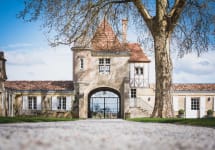Chateau Rauzan-Segla 2016
-
James
Suckling -
Jeb
Dunnuck -
Wine
Enthusiast -
Robert
Parker -
Wine
Spectator - Decanter



Product Details
Your Rating
Somm Note
Winemaker Notes
Blend: 68% Cabernet Sauvignon, 30% Merlot, 2% Petit Verdot
Professional Ratings
-
James Suckling
The aromas of blackcurrants, sweet tobacco and sandalwood are tantalizing. Then it turns to subtle, dried fruit. Full-bodied with dense and powerful tannins, yet ending with finesse and vertical nature. Very deep. Power with finesse. Try after 2025.
-
Jeb Dunnuck
I continue to love the 2016 Rauzan-Ségla, a thrillingly complete, flawlessly balanced, and borderline perfect Margaux that should be snatched up by readers. Notes of cassis, graphite, tobacco leaf, and earth all give way to a full-bodied effort that has building tannins, no hard edges, and a level of purity and elegance that’s just about off the charts. Given its purity and balance, it’s accessible today, but it will be best with 4-5 years of bottle age and keep for 3-4 decades.
-
Wine Enthusiast
Dark tannins work with the sophisticated structure of this wine. The very fine tannins are an important element of the wine, giving shape to the ripe black fruits and acidity. This wine, rich and structured, is set for a long development. Drink from 2026.
Cellar Selection -
Robert Parker's Wine Advocate
Deep garnet-purple colored, the 2016 Rauzan-Ségla drifts effortlessly from the glass with fragrant rose hip tea, candied violets and chocolate box scents over a core of fresh blackcurrants and black cherry compote plus wafts of tobacco and dusty soil. Medium to full-bodied, it delivers a great mid-palate of softly textured black and blue fruits with loads of floral nuances and a refreshing lift on the finish. The blend this year is 68% Cabernet Sauvignon, 30% Merlot and 2% Petit Verdot, harvested between September 20th and October 15th at an average yield of 45 hectoliters per hectare. It was aged for 18 months in French oak, 60% new. The alcohol is 13.5%.
-
Wine Spectator
This has a lovely core of creamy anise-infused plum, blackberry and boysenberry flavors that showcase themselves a bit more vividly than many Margaux peers in this vintage do, with substantial but velvety grip and lots of extra violet, graphite and black tea notes adding to the long flow of a finish. Really beautiful feel. Best from 2023 through 2038.
-
Decanter
There's an array of flavours and complex aromatics on offer here. It's powerful and brooding, with a lyrical acidity that helps to lift up the relatively foursquare tannins on the attack. After a few minutes in the glass it begins to ripple with menthol, liquorice root, grilled cedar and sweet spices. It needs time to settle, of course, but is extremely classic, and will go the distance and then some. Matured in 60% new oak.
Other Vintages
2024- Vinous
-
James
Suckling
- Vinous
-
Robert
Parker - Decanter
-
Jeb
Dunnuck
-
Jeb
Dunnuck -
Wine
Spectator -
Robert
Parker -
James
Suckling - Decanter
- Vinous
- Decanter
-
James
Suckling -
Jeb
Dunnuck -
Robert
Parker -
Wine
Spectator
- Decanter
-
Robert
Parker -
Jeb
Dunnuck -
James
Suckling - Vinous
-
Wine
Enthusiast
-
Jeb
Dunnuck -
Robert
Parker - Decanter
-
Wine
Spectator
-
James
Suckling -
Jeb
Dunnuck -
Robert
Parker - Decanter
-
Wine
Enthusiast -
Wine
Spectator
-
Robert
Parker -
Wine
Enthusiast -
Wine
Spectator -
Jeb
Dunnuck - Decanter
-
James
Suckling
-
Jeb
Dunnuck -
James
Suckling -
Robert
Parker - Decanter
-
Wine
Enthusiast -
Wine
Spectator
-
James
Suckling -
Wine
Enthusiast -
Jeb
Dunnuck -
Robert
Parker -
Wine
Spectator
-
Wine
Enthusiast -
Jeb
Dunnuck -
Robert
Parker -
James
Suckling -
Wine
Spectator
- Decanter
-
Wine
Enthusiast -
James
Suckling -
Jeb
Dunnuck -
Robert
Parker -
Wine
Spectator
-
Jeb
Dunnuck -
James
Suckling - Decanter
-
Wine
Enthusiast -
Robert
Parker -
Wine
Spectator
-
James
Suckling -
Jeb
Dunnuck -
Wine
Enthusiast -
Robert
Parker -
Wine
Spectator -
Wine &
Spirits
-
James
Suckling -
Wine
Enthusiast -
Jeb
Dunnuck -
Wine
Spectator -
Robert
Parker
-
Wine
Enthusiast -
James
Suckling -
Robert
Parker -
Wine
Spectator
-
James
Suckling -
Wine
Spectator -
Wine &
Spirits -
Wine
Enthusiast -
Jeb
Dunnuck -
Robert
Parker -
Whisky
Advocate
-
Wine
Enthusiast -
Robert
Parker -
Wine
Spectator
-
Wine
Enthusiast -
Wine
Spectator -
Robert
Parker
-
Wine
Spectator -
Jeb
Dunnuck -
Wine &
Spirits -
Wine
Enthusiast -
James
Suckling -
Robert
Parker
-
Jeb
Dunnuck
-
Robert
Parker -
Jeb
Dunnuck
- Decanter
-
Wine
Spectator -
Robert
Parker -
Jeb
Dunnuck
-
Wine
Spectator -
Robert
Parker -
Jeb
Dunnuck
-
Wine
Spectator
-
Robert
Parker -
Wine
Spectator
-
Robert
Parker
-
Wine
Spectator
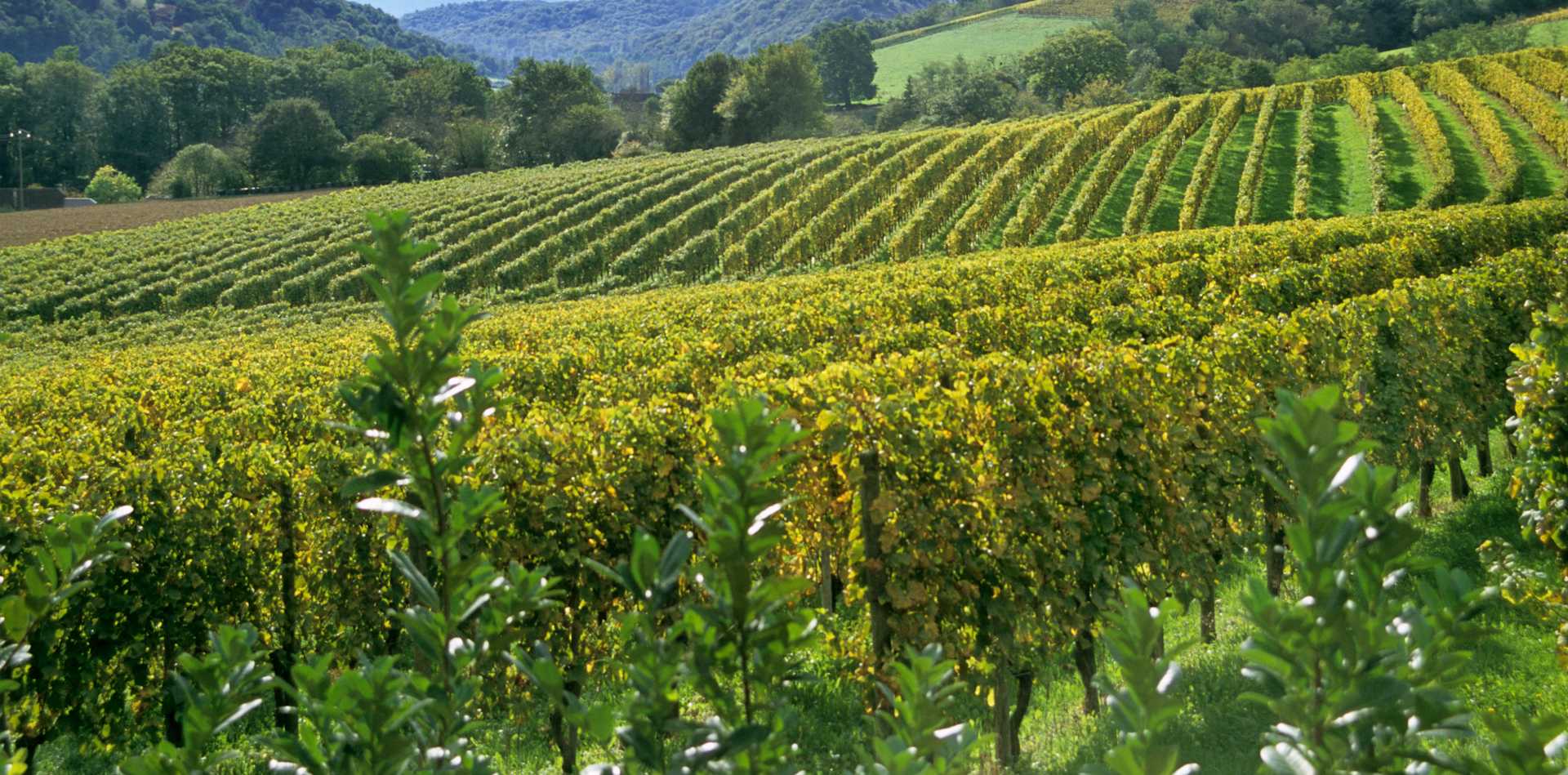
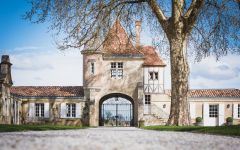
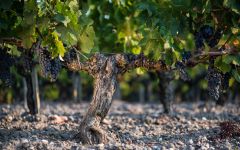
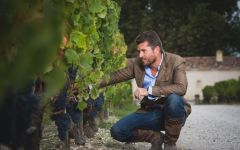
The wines here have delighted many well-know figures, most famously Thomas Jefferson who came across this wine during his visit to the vineyards of Bordeaux, placing an order for several cases of it. He thus became a fervent admirer or Rauzan-Segla wines. Some decades later, the 1855 Classification ranked Chateau Rauzan-Segla as a Second Growth.
The current chateau was built in 1903, designed by architect Louis Garros, who drew inspiriation from the original Perigord-style buildings in the the chateau, as well as G. LeBreton who designed the park and green spaces. Then time went by and the chateau gradually fell into a slumber.
Then, CHANEL purchased Chateau Rauzan-Ségla in April 1994 and immediately started a full renovation programme. The vineyard has been drained – a 15-kilometer network is now in place, 2 parcels of Petit Verdot were planted and 3 hectares of vines were grafted over with Merlot. Today, 51 hectares are in production for an average total production of 200 000 bottles – Chateau Rauzan- Ségla and its second wine Ségla. The winery has been adapted and large vats progressively replaced by smaller capacities – matching the parcels' sizes. From the 2004 picking on, grapes will be sorted on two 10-meter long vibrating tables, so that each single berry is checked before entering the vats. Maturation cellars have been completely renovated and a new room built for the bottling-labelling machines – making Chateau Rauzan-Ségla fully independent for the entire production process.

One of the world’s most classic and popular styles of red wine, Bordeaux-inspired blends have spread from their homeland in France to nearly every corner of the New World. Typically based on either Cabernet Sauvignon or Merlot and supported by Cabernet Franc, Malbec and Petit Verdot, the best of these are densely hued, fragrant, full of fruit and boast a structure that begs for cellar time. Somm Secret—Blends from Bordeaux are generally earthier compared to those from the New World, which tend to be fruit-dominant.

Silky, seductive and polished are the words that characterize the best wines from Margaux, the most inland appellation of the Médoc on the Left Bank of Bordeaux.
Margaux’s gravel soils are the thinnest of the Médoc, making them most penetrable by vine roots—some reaching down over 23 feet for water. The best sites are said to be on gentle outcrops, or croupes, where more gravel facilitates good drainage.
The Left Bank of Bordeaux subscribes to an arguably outdated method of classification but it is nonetheless important in regards to history of the area. In 1855 the finest chateaux were deemed on the basis of reputation and trading price—at that time. In 1855, Chateau Margaux achieved first growth status, yet it has been Chateau Palmer (officially third growth from the 1855 classification) that has consistently outperformed others throughout the 20th century.
Chateau Margaux in top vintages is capable of producing red Cabernet Sauvignon based wines described as pure, intense, spell-binding, refined and profound with flavors and aromas of black currant, violets, roses, orange peel, black tea and incense.
Other top producers worthy of noting include Chateau Rauzan-Ségla, Lascombes, Brane-Cantenac, and d’Issan, among others.
The best wines of Margaux combine a deep ruby color with a polished structure, concentration and an unrivaled elegance.
